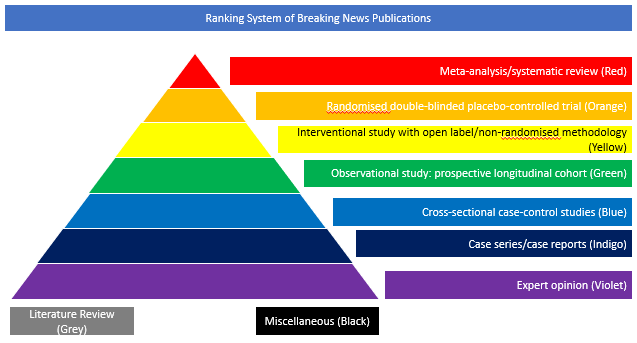Case series/case reports (Indigo)
In this paper, the authors examined the frequency of acute intracranial abnormalities seen on cranial CT and/or MR imaging in patients with COVID-19 and investigated possible associations between these findings and clinical parameters, including length of hospital stay, requirement for intubation, and development of acute kidney injury. This retrospective study was performed at a large academic hospital in the United States. A total of 641 patients presented to authors’ institution between March 3 2020, and May 6 2020, for treatment of COVID-19, of whom 150 underwent CT and/or MR imaging of the brain. CT and/or MR imaging examinations were evaluated for the presence of haemorrhage, infarction, and leukoencephalopathy. The frequency of these findings was correlated with clinical variables, including body mass index, length of hospital stay, requirement for intubation, and development of acute kidney injury as documented in the electronic medical record. Of the 150 patients, 26 (17%) had abnormal CT and/or MR imaging findings, with haemorrhage in 11 patients (42%), infarction in 13 patients (50%), and leukoencephalopathy in 7 patients (27%). Significant associations were found between abnormal CT/MR imaging findings and intensive care unit admission (P = .039), intubation (P = .004), and acute kidney injury (P = .030). The authors concluded that a spectrum of acute neuroimaging abnormalities was seen in their cohort of patients with COVID-19, including haemorrhage, infarction, and leukoencephalopathy. Significant associations between abnormal neuroimaging studies and markers of disease severity (intensive care unit admission, intubation, and acute kidney injury) suggest that patients with severe forms of COVID-19 may have higher rates of neuroimaging abnormalities.
DOI: 10.3174/ajnr.A6717








